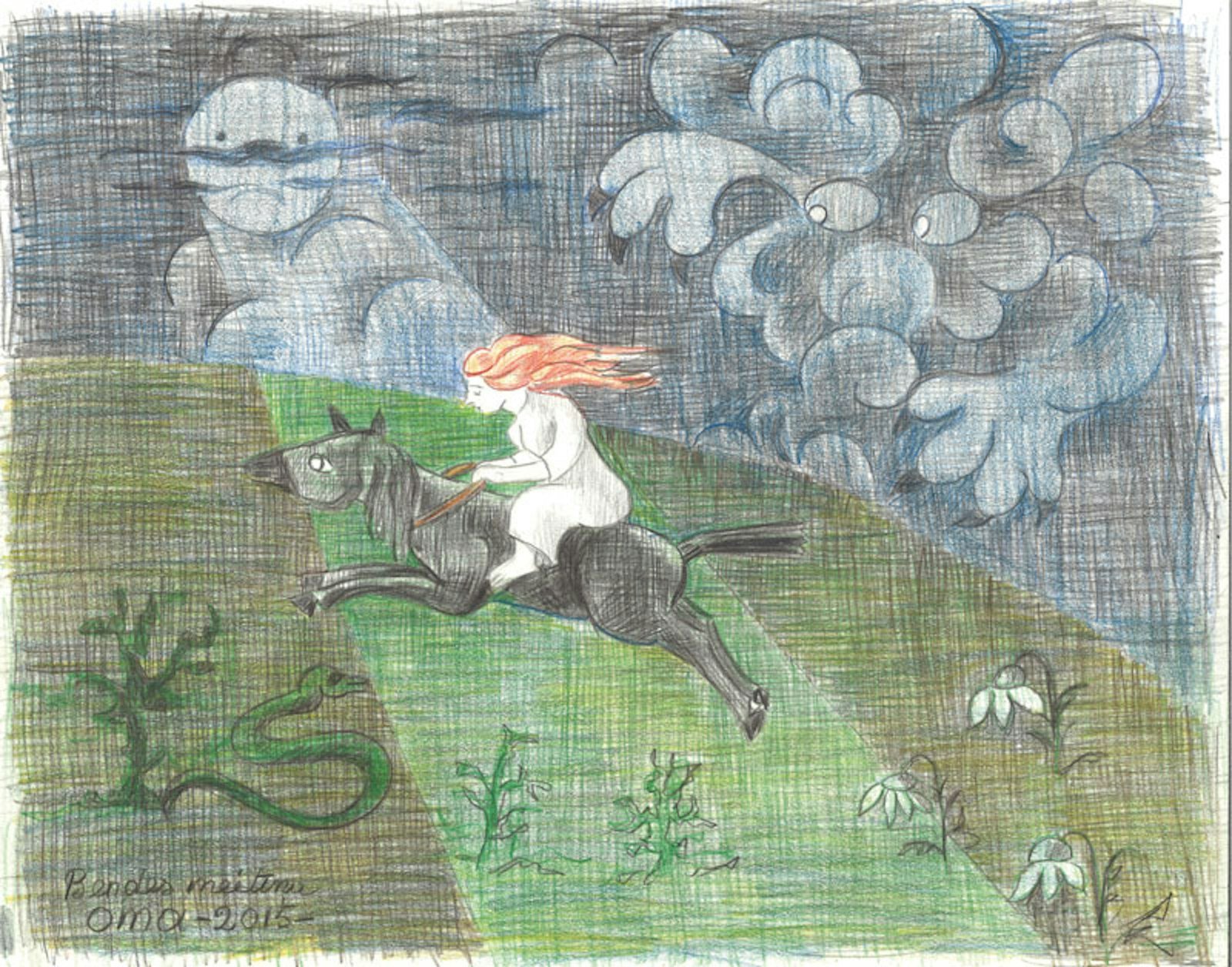She settled herself comfortably in her chair, inviting us, her guests, to be seated around her. Her braced ankle (the result of childhood polio) was tucked discreetly out of the way. In front of her was a walker, which served both as a desk to hold her things and as support, if needed. Her eyes were bright with anticipation. She showed us the tape recorder poised and ready and the blank tapes nearby. She was well-prepared. Some listeners pulled out knitting, while others of us prepared to take notes.
At ninety-five, Erna Jansons, a Latvian immigrant, would be speaking today to a younger generation, who did not understand her native tongue. She apologized for her broken English, yet we found that her accent did not interfere with her story. We leaned in from our couches and chairs. Occasionally, she leaned in, too, to hear questions and add details to her story.
There is nothing old-fashioned about Erna Jansons. She is passionate and sharp, with the enthusiasm of a young woman yet with the wisdom of one who has lived a long life well. She speaks of survival, family, and triumphs. This is an account of an extraordinary Latvian textile artist.
Erna Elvira Kupše was born on October 2, 1920. At that time, Latvia was in a restoration period after many hard years of being ruled by foreign dictators. This short time of independence afforded Latvians the opportunity to reclaim their cultural heritage and artwork. Erna Jansons’s grandparents were part of this movement. Her grandfather, an interior designer, restored a historic church in Alsunga. His voice was the most influential in the development of her own budding creativity. At the same time, both her grandmother and Erna’s mother, Anna Elisabete Strīķkalējs, born in 1887, shared their love of Latvian cultural handwork through sewing and knitting.
Erna received formal instruction in the textile arts from her schoolteachers in the fourth grade. With a laugh, she fondly remembered her little white-and-chartreuse knitted mittens. By the sixth grade, she had been introduced to sewing, basic embroidery stitches, and weaving techniques. She made sashes and sewed an apron.
For the complete article, please download a copy of PieceWork January/February 2017.


